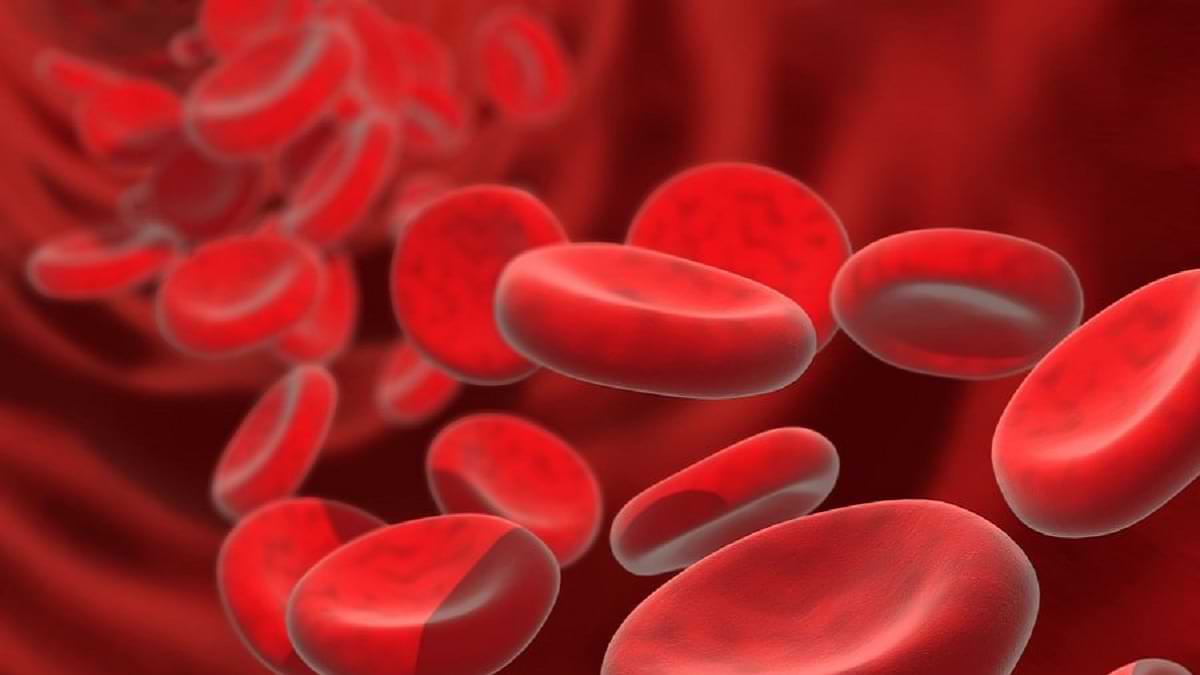EMM-Negative Blood Group System has officially been recognised by the International Society of Blood Transfusion (ISBT), marking a remarkable development in the world of transfusion medicine and genetics. Also known as Gwada negative, this newly classified blood group is not just rare—it is unique. So far, only one person in the world, a woman from Guadeloupe, has been identified with this blood type, making it a significant milestone for medical science and public health.
What Is the EMM-Negative or Gwada Negative Blood Group?
The EMM-negative blood group is characterised by the absence of the EMM antigen on red blood cells. The EMM antigen is classified as a high-incidence antigen, meaning it is present in almost all humans. The absence of such a widely occurring antigen is extraordinarily rare and clinically significant. Due to this absence, the blood group has been officially recognised as the 48th blood group system globally, underlining its importance in the scientific and medical community.
The Discovery Journey: From Mystery to Milestone
The discovery of the EMM-negative blood type began in 2011 during a routine medical check-up for the woman in Guadeloupe. Initial blood tests puzzled doctors, as they were unable to classify her blood using conventional typing systems. Over the years, despite further testing, the cause remained elusive due to technological limitations.
It wasn’t until 2019, with the advent of high-throughput DNA sequencing technologies, that researchers were able to dive deeper into the woman’s genetic makeup. These advanced tools revealed a unique mutation that resulted in the complete absence of the EMM antigen. After years of validation and peer review, the ISBT granted official recognition of the blood type in 2025, naming it the EMM-negative or Gwada negative system.
Medical Rarity and Clinical Challenges
The woman from Guadeloupe is currently the only known person with the EMM-negative blood type. Genetic analysis shows she inherited this rare gene variant from both parents, making her homozygous for the mutation. This condition implies that her body lacks the EMM antigen entirely, and as a result, she is at significant risk during blood transfusions.
She can only receive blood from herself or another EMM-negative individual, should one ever be found. Exposure to blood containing the EMM antigen could cause severe immune reactions, potentially life-threatening. This situation exemplifies the importance of rare blood type identification in ensuring safe and compatible transfusions.
Significance for Transfusion Medicine
The recognition of the EMM-negative blood group system carries substantial weight in the field of transfusion medicine. When a person lacks a common antigen, they are at risk of developing alloantibodies—antibodies that attack foreign antigens during blood transfusion. If not managed carefully, these reactions can lead to hemolytic transfusion reactions, which are dangerous and sometimes fatal.
With this new classification, the medical community is now better equipped to:
- Identify potential transfusion risks
- Manage blood inventories for rare blood groups
- Guide researchers in locating rare donors worldwide
The discovery reinforces the importance of international rare donor registries, which are vital in locating compatible donors during emergencies, especially for individuals with ultra-rare blood types like EMM-negative.
Future Research and Implications
This discovery opens the door to a new area of immunohematological research. Scientists are now focusing efforts on finding other individuals who might carry the same genetic variant. By expanding genetic screening and enhancing donor registries, healthcare systems may be able to provide lifesaving transfusion options in the future.
Additionally, this case highlights the crucial role of genomics in modern medicine. High-throughput sequencing not only enabled this discovery but also laid the foundation for similar future breakthroughs. It underscores the need for more integrated genetic screening in routine medical evaluations, particularly for transfusion-dependent patients.
Conclusion
The identification of the EMM-Negative Blood Group System is a landmark moment in medical science. It deepens our understanding of human genetic diversity, sets new standards in transfusion safety, and emphasises the urgent need for global collaboration in rare blood type identification and donor matching.
As scientists continue to explore this rare phenomenon, the EMM-negative case serves as a reminder of how even a single discovery can reshape medical practices and improve the prospects of personalised healthcare.



